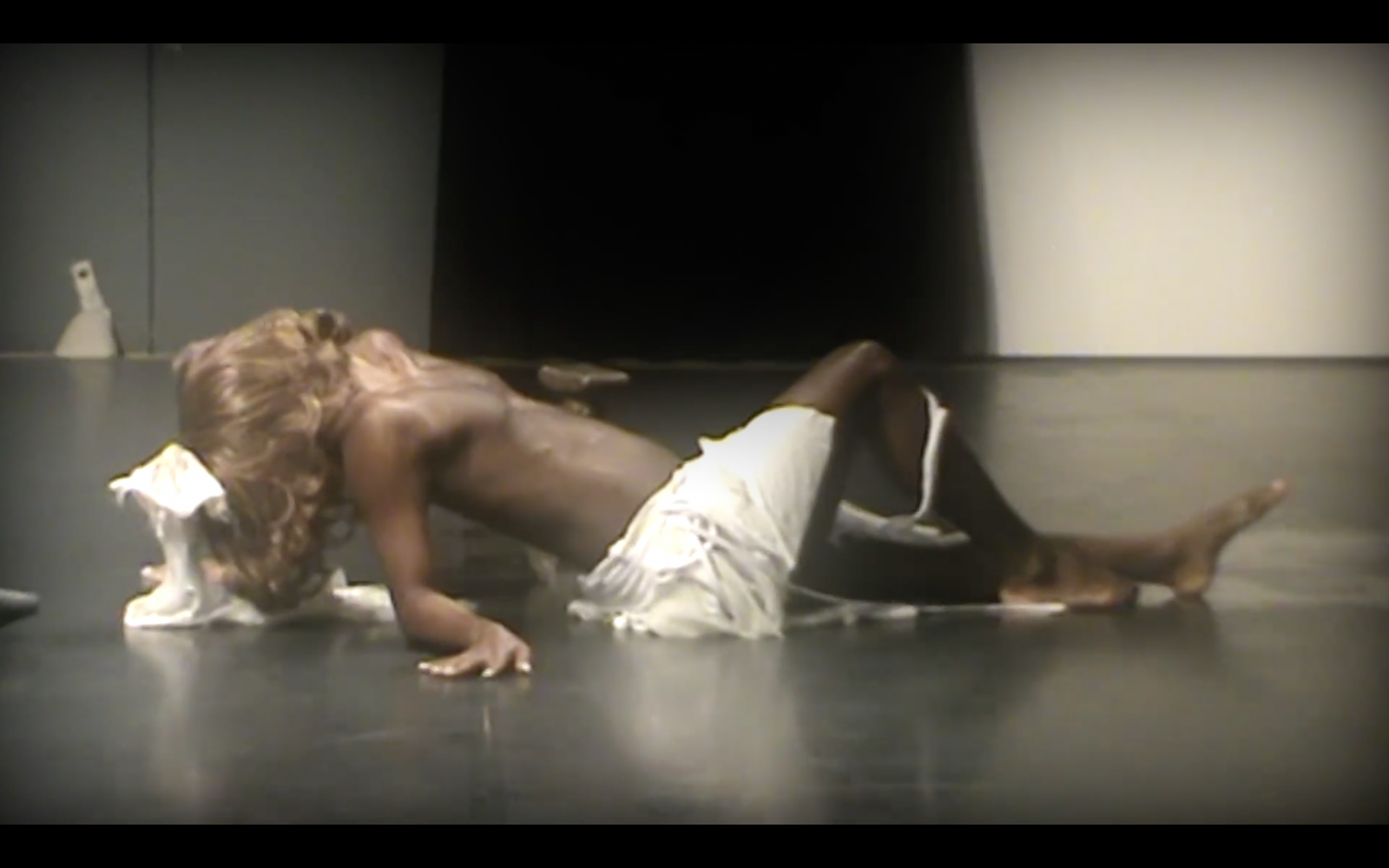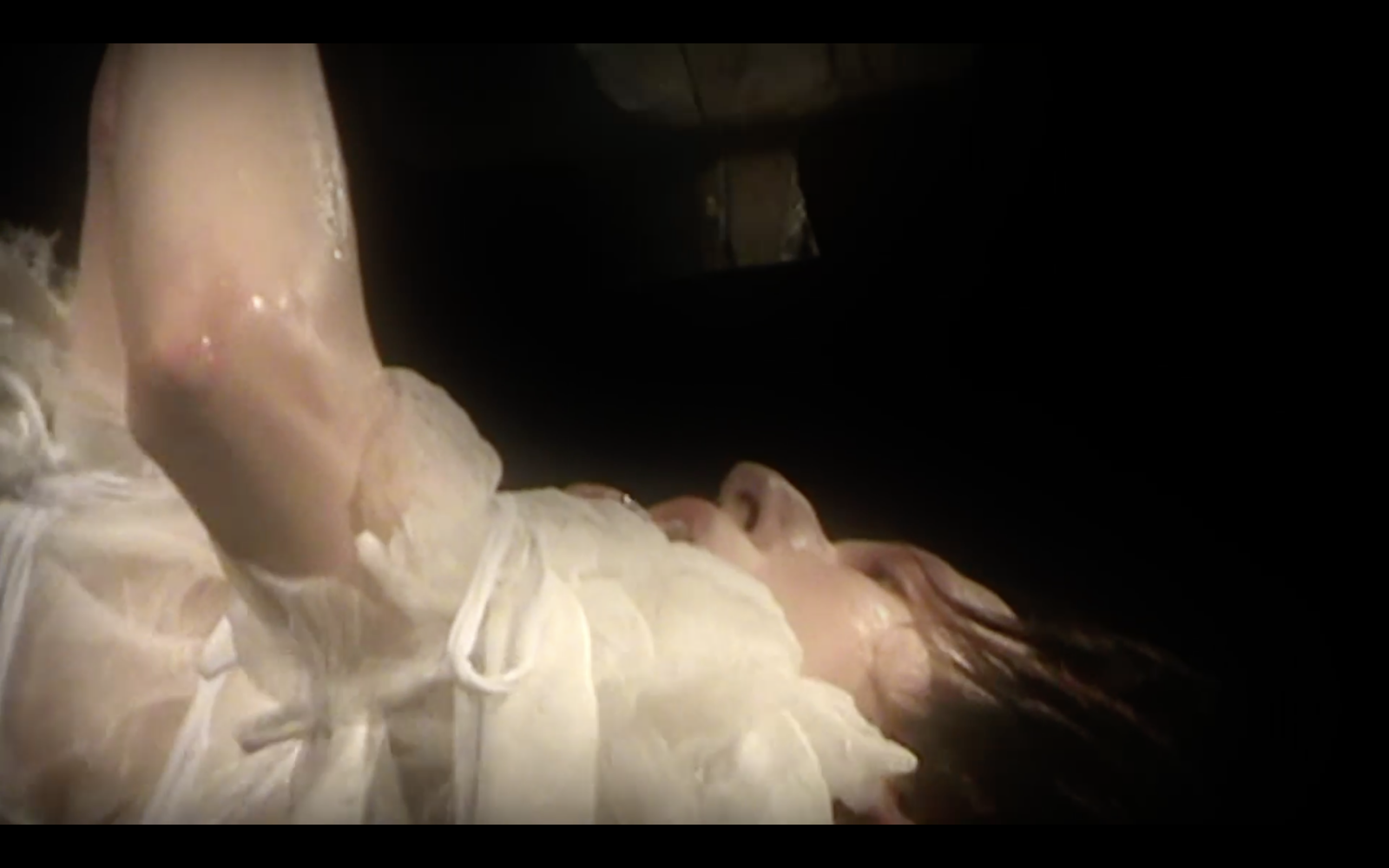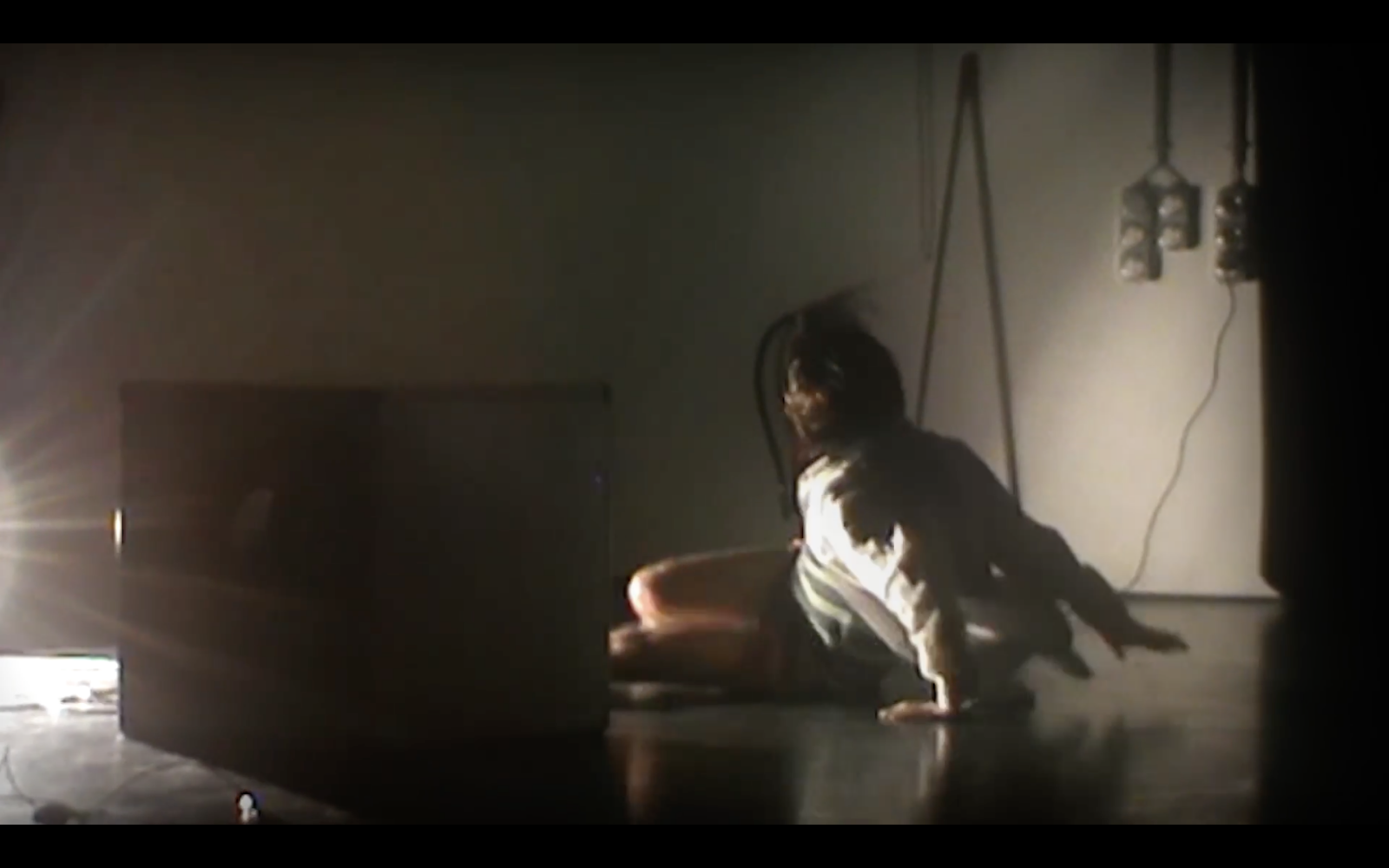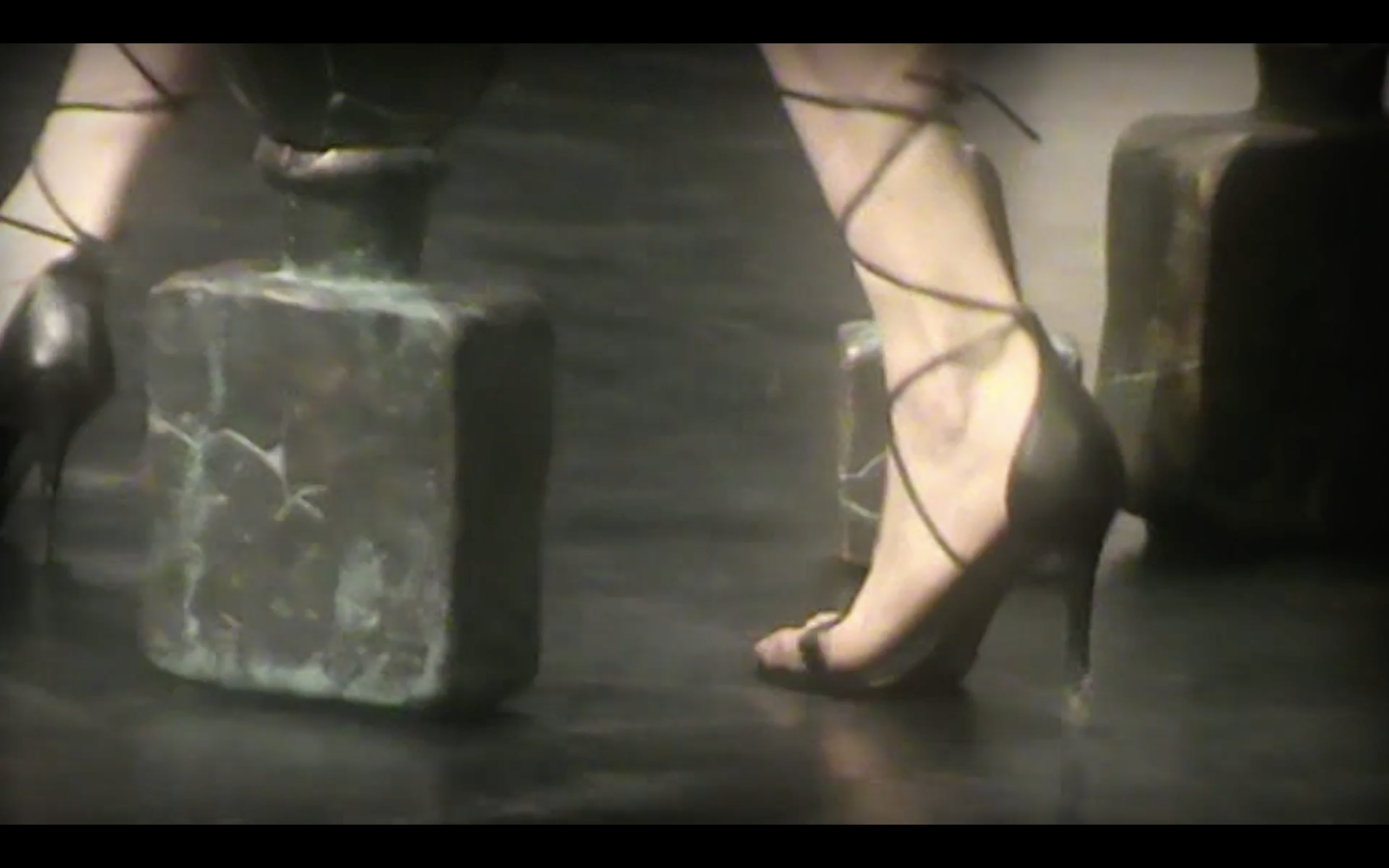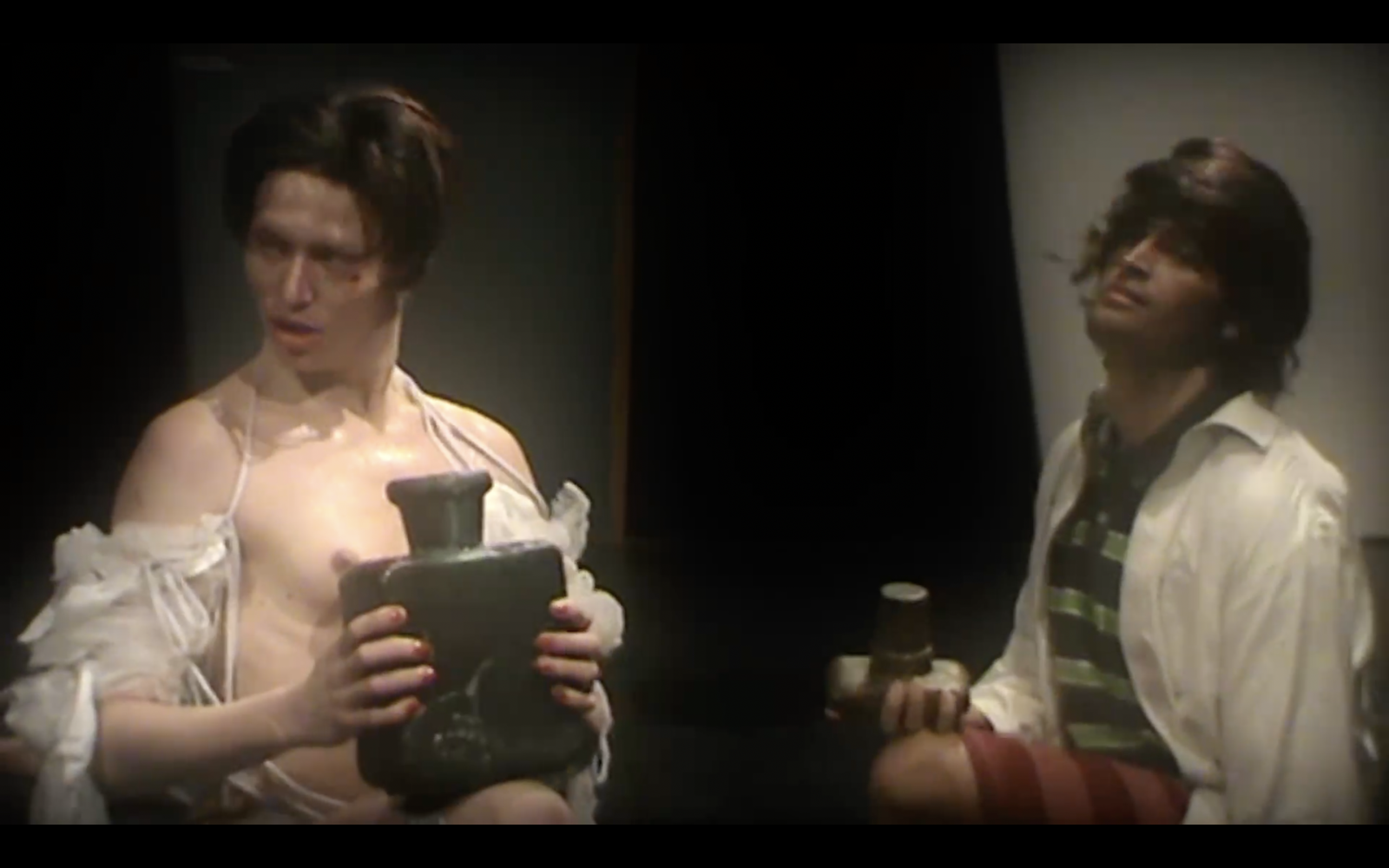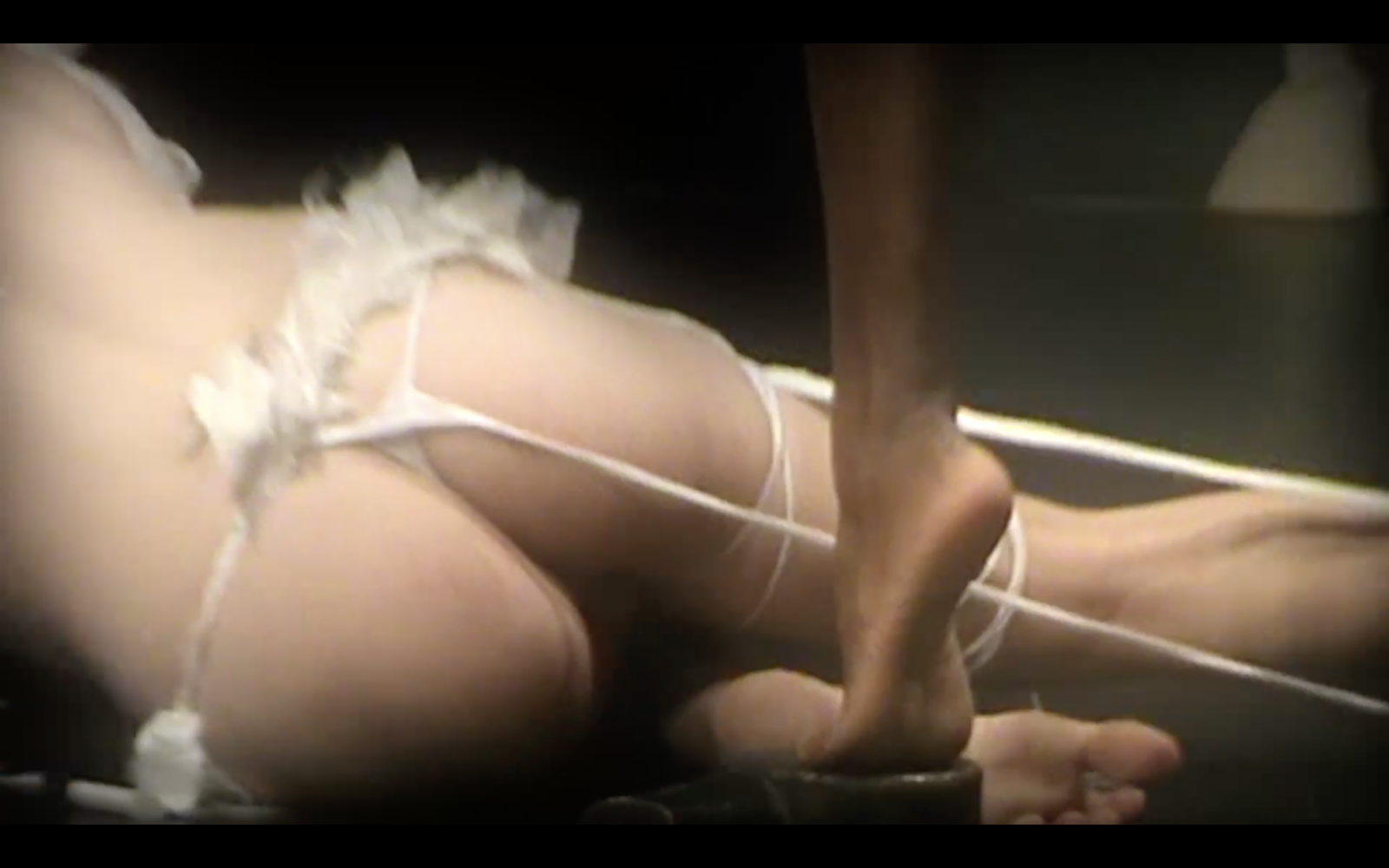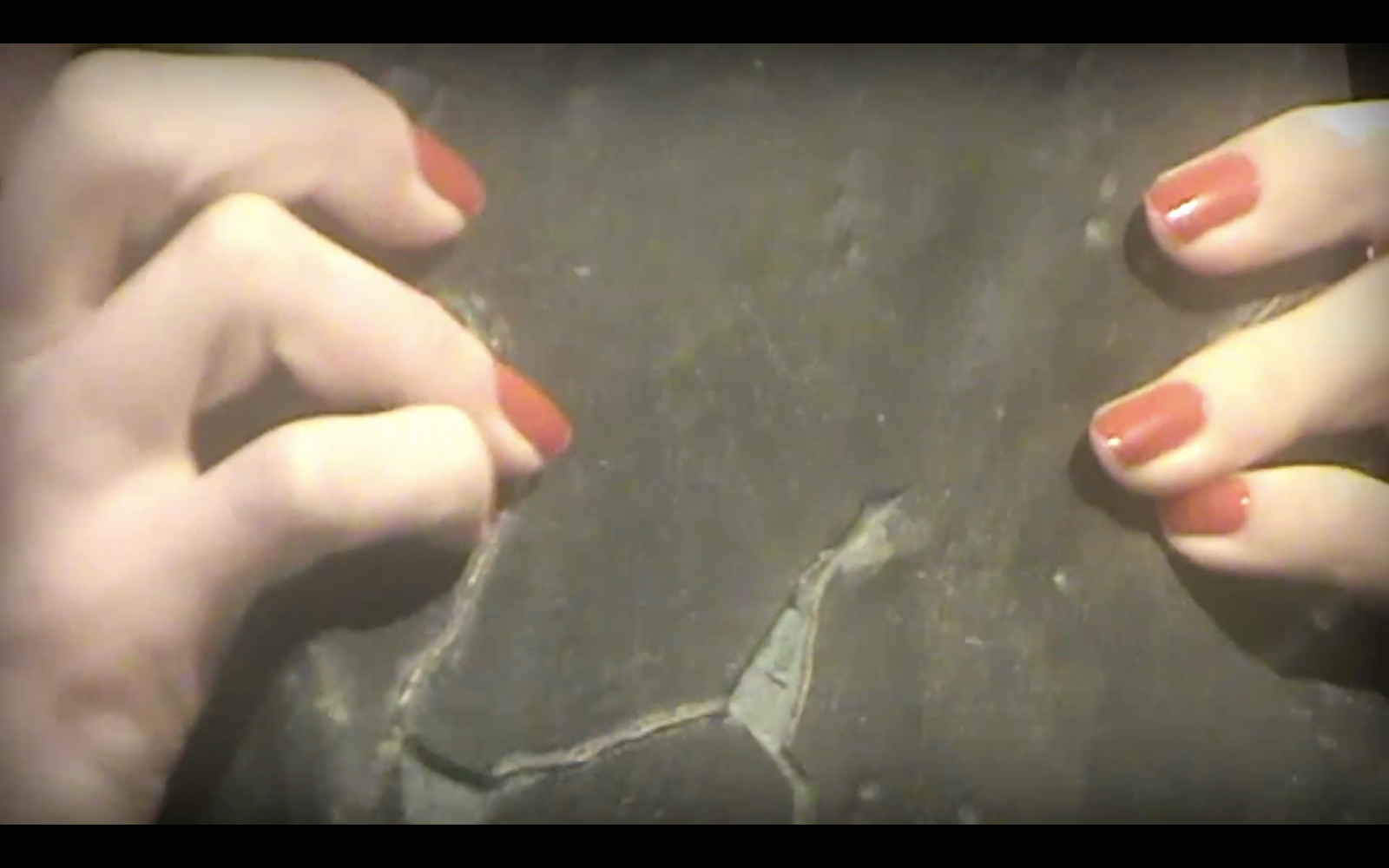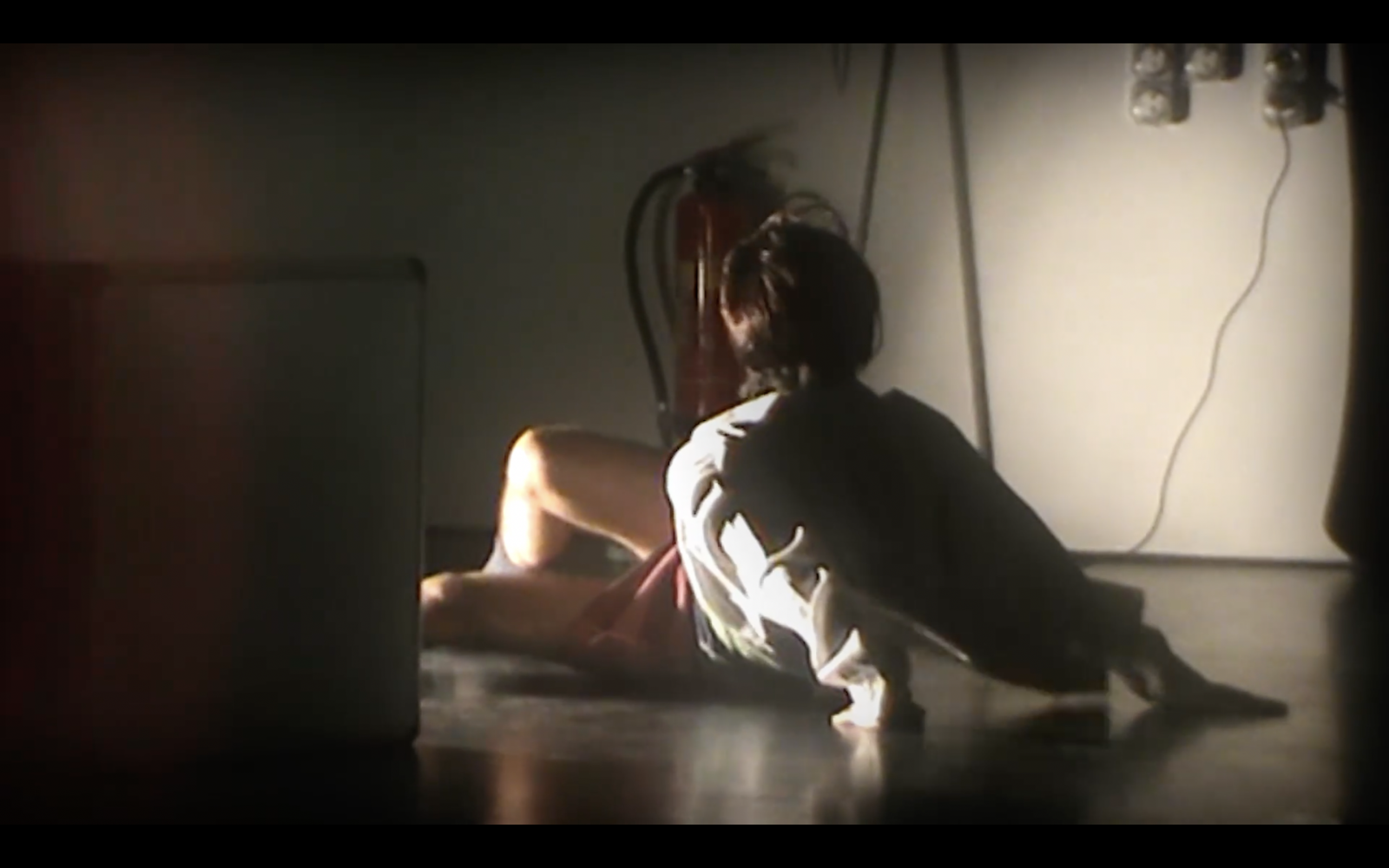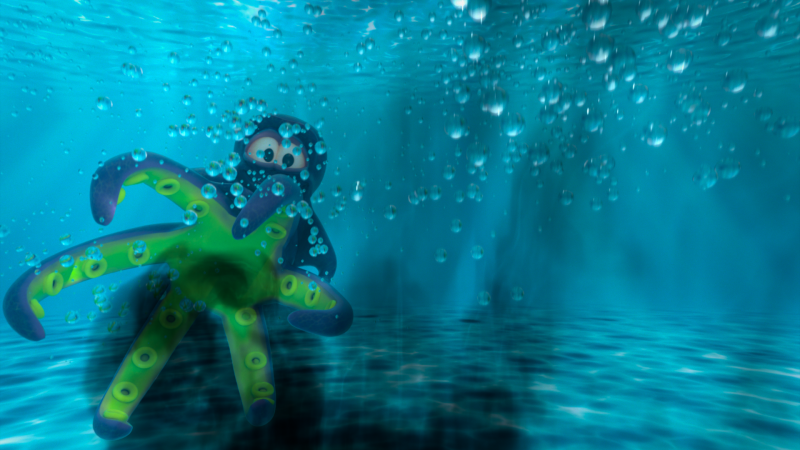In this new stage production, PRICE has collaborated with dancers and choreographers Davi Pontes, Wallace Ferreira, Viní Ventania as well as composers Tobias Koch and Renato Grieco to examine the often marginalised sense of smell. As the dense beauty of the images lingers, something fills the air. The stage leaks and what escapes engulfs those present, penetrating them. L'Air du Temps (breathing in my beloved) is a call, a moment in time, an air condition.
The Portuguese for “layer”––camada––etymologically derives from “that which is strewn/spread”. In L’Air du Temps (breathing my beloved in), three atmospheric camadas in the form of cut-out fabric facades of houses with windows structure the stage. Acting like oversized Scherenschnitte [paper cuts], they direct the gaze across the stage, reminding us that the theatre is an apparatus for/of viewing. Your gaze is compartmentalised. What can’t you see? When space becomes territory, the public turns private. We become voyeurs when we look through our neighbour’s window. What is inside, what is outside? There resides an obsolescence in the question — we don’t know these days. In the theatre, windows don’t serve pretty views but are held by artifice. The performance, the French title of which is borrowed from a 1948 fragrance evoking a history of stark form post WWII (somewhat undone by the sentimental English quotation of a Kate Bush lyric between parentheses), stages a frontality that remains at a distance yet is also weakened: the work is neither up for grabs nor “immersive”. Continuing a practice marked by a many-sided theatricality focusing on stark visuals while also moving beyond our ocular sense, a whiff of air, with a smell at once sanitised and deodorised and disseminated through a designed ventilation system, hits you in the face. In between glass cleaner, deodorant and tuberose, the porosity of scent farts in your face. The synthetic yet ambivalent quality of the smell overtakes you, in weak fashion. You aren’t shattered but experience a mild unease that, as cultural theorist Lauren Belant has put it, “[has] not yet found [its] genre of event”. Before you can rationally grasp it, you are somatically infiltrated. The amplified sound of the ventilators while one of the performers plays a viola da gamba adds another layer of equivocal meaning production insinuating that power is an affective business. Antiseptic copper flacons, rich-people houses presented as pieces of cloth, and an aquarium obliquely point to a political reality where we already know that capitalism colonises everything, including our senses. This isn’t so much straightforwardly critiqued as it is worked over in an evasive, roundabout way. The olfactory and auditory sensitivity of the work function as softeners that wash off the commercial. The performers, activating a scenery that flirts with a bourgeois matrix of power and reproduction, seem to turn into additional pieces of decor, the finishing touch to an installation design. Yet in their movement and song, they also evoke a sense of emotional acuity that touches you from within your most desired commodities.
Friday's performance will be followed by a discussion with Caterina Albano, PRICE and Stefa Govaart, moderated by Joshua Wicke.
Caterina Albano holds a PhD in early modern studies (University of London) and is reader in visual culture at Central Saint Martins, University of the Arts London. Albano is a researcher, writer and curator in the fields of contemporary art and visual cultures, and cultural theory. She is the author of Out of Breath: Vulnerability of Air in Contemporary Art (Minnesota University Press, 2022), Memory, Forgetting and the Moving Image (Palgrave MacMillan, 2016) and Fear and Art in the Contemporary World (Reaktion Books, 2012), of journal articles and essays on the politics of memory and trauma, emotion and vulnerability, affect and atmospheres, the history of emotions, psychoanalysis, and curating.
In this new stage production, PRICE has collaborated with dancers and choreographers Davi Pontes, Wallace Ferreira, Viní Ventania as well as composers Tobias Koch and Renato Grieco to examine the often marginalised sense of smell. As the dense beauty of the images lingers, something fills the air. The stage leaks and what escapes engulfs those present, penetrating them. L'Air du Temps (breathing in my beloved) is a call, a moment in time, an air condition.
The Portuguese for “layer”––camada––etymologically derives from “that which is strewn/spread”. In L’Air du Temps (breathing my beloved in), three atmospheric camadas in the form of cut-out fabric facades of houses with windows structure the stage. Acting like oversized Scherenschnitte [paper cuts], they direct the gaze across the stage, reminding us that the theatre is an apparatus for/of viewing. Your gaze is compartmentalised. What can’t you see? When space becomes territory, the public turns private. We become voyeurs when we look through our neighbour’s window. What is inside, what is outside? There resides an obsolescence in the question — we don’t know these days. In the theatre, windows don’t serve pretty views but are held by artifice. The performance, the French title of which is borrowed from a 1948 fragrance evoking a history of stark form post WWII (somewhat undone by the sentimental English quotation of a Kate Bush lyric between parentheses), stages a frontality that remains at a distance yet is also weakened: the work is neither up for grabs nor “immersive”. Continuing a practice marked by a many-sided theatricality focusing on stark visuals while also moving beyond our ocular sense, a whiff of air, with a smell at once sanitised and deodorised and disseminated through a designed ventilation system, hits you in the face. In between glass cleaner, deodorant and tuberose, the porosity of scent farts in your face. The synthetic yet ambivalent quality of the smell overtakes you, in weak fashion. You aren’t shattered but experience a mild unease that, as cultural theorist Lauren Belant has put it, “[has] not yet found [its] genre of event”. Before you can rationally grasp it, you are somatically infiltrated. The amplified sound of the ventilators while one of the performers plays a viola da gamba adds another layer of equivocal meaning production insinuating that power is an affective business. Antiseptic copper flacons, rich-people houses presented as pieces of cloth, and an aquarium obliquely point to a political reality where we already know that capitalism colonises everything, including our senses. This isn’t so much straightforwardly critiqued as it is worked over in an evasive, roundabout way. The olfactory and auditory sensitivity of the work function as softeners that wash off the commercial. The performers, activating a scenery that flirts with a bourgeois matrix of power and reproduction, seem to turn into additional pieces of decor, the finishing touch to an installation design. Yet in their movement and song, they also evoke a sense of emotional acuity that touches you from within your most desired commodities.
Friday's performance will be followed by a discussion with Caterina Albano, PRICE and Stefa Govaart, moderated by Joshua Wicke.
Caterina Albano holds a PhD in early modern studies (University of London) and is reader in visual culture at Central Saint Martins, University of the Arts London. Albano is a researcher, writer and curator in the fields of contemporary art and visual cultures, and cultural theory. She is the author of Out of Breath: Vulnerability of Air in Contemporary Art (Minnesota University Press, 2022), Memory, Forgetting and the Moving Image (Palgrave MacMillan, 2016) and Fear and Art in the Contemporary World (Reaktion Books, 2012), of journal articles and essays on the politics of memory and trauma, emotion and vulnerability, affect and atmospheres, the history of emotions, psychoanalysis, and curating.
Nudity
| Concept, artistic direction, co-choreography & performance | PRICE |
| Co-choreography & performance | Davi Pontes, Wallace Ferreira, Viní Ventania |
| Sound creation | Tobias Koch, Viola da gamba, Renato Grieco |
| Perfumce creation | AirSolutions |
| External eyes | Yel K Banto & Stefa Govaart |
| Light design & technical director | Demian Jakob |
| Images | Yel K Banto |
| Teaser | Yel K Banto |
| Costumes | PEDRA |
| Installation, Copper Falcons | PRICE |
| Stage assistant | Yel K Banto |
| Production | Rabea Grand, Paelden Tamnyen |
| In coproduction with | Gessnerallee Zürich, Arsenic – Contemporary Performing Arts Center, Lausanne & Kunsthaus Pasquart Biel |
| … |
| Supported by | SüdKulturFond, Ernst Göhner Stiftung |
| Thanks | Casado Povo, Air Fabric, Fundiart São Paulo, Paul Bernard, Studio Duzel, Niklaus Mettler, Martin Graf,Joshua Wicke, Heith, Sebastian Hirsig, Amedeo Maria, Christian Müller, Flaka Jahaj, Pieren AG Bern, Harrisonsharewood |

